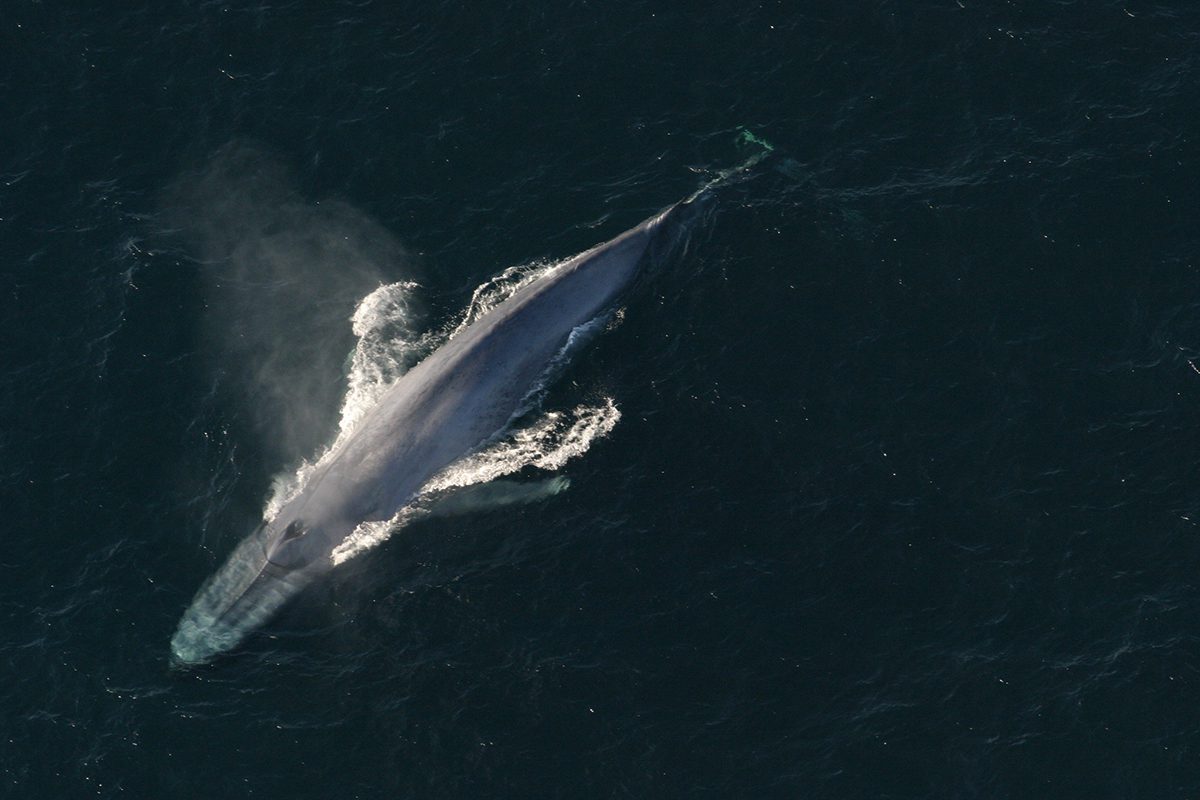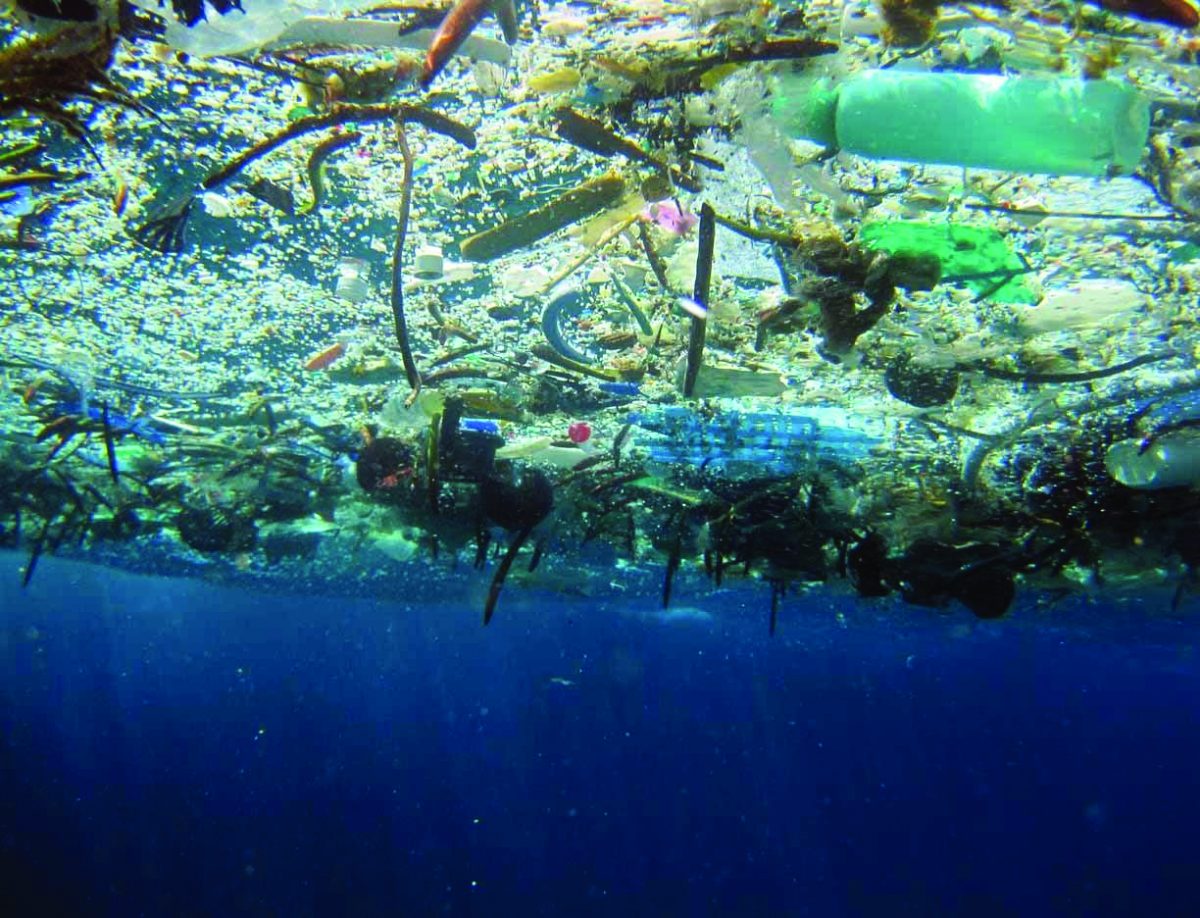
Blue whales off the coast of California may be consuming as many as 10 million pieces of microplastics per day, finds a study published Tuesday in Nature Communications.
More research is needed to determine the extent of the problem for whales off the East Coast and beyond, where previous studies have identified microplastics in the ocean food chain.
Supporter Spotlight
These tiny pieces of plastic material have been commercially produced or are the breakdown of larger pieces of plastic like water bottles, children’s toys and disposable containers. Because of their small size, less than 5 millimeters, microplastics can be hard to detect, but when they enter the environment are a hazardous pollutant.
A group of California scientists decided to investigate the extent to which whales off the coast of California might be exposed to microplastics pollution.

“They’re really big animals that strongly affect the ecosystem if they’re going to be faced with other stressors,” said Dr. Shirel Kahane-Rapport, postdoctoral scholar at California State University, Fullerton, and lead author on the study.
Kahane-Rapport and her team used data collected by 191 tag deployments on baleen whales off the coast of California. The tags are noninvasive monitoring devices that attach to the whale via suction cups. The data collected by the tags helps the scientists record things like where the whales are, when they are feeding and how often they are feeding.
They were able to juxtapose this tag data with published works detailing the microplastics concentrations in both the water column and the prey species that the whales target.
Supporter Spotlight
Microplastics are likely primarily passed through the food web, and the scientists predict that the exposure to microplastics corresponds to the number of organisms the whales are eating.
Therefore, blue whales that go after many small krill are consuming much higher levels of microplastics than a humpback whale, which goes after smaller numbers of bigger fish. Blue whales off the coast of California could be consuming about 10 million pieces of microplastics per day, whereas humpback whales may be consuming 200,000 pieces per day.
Even though microplastics are small, plastic consumption at this volume is substantial. According to Kahane-Rapport, the size and weight of microplastics vary.
“You may have a piece of cellophane, or you may have a piece of more dense plastic, like the top of a water bottle — those of course weigh differently,” Kahane-Rapport said. “So people generally, in this work, have been counting pieces and not weight.”
But, Kahane-Rapport said, it could mean that baleen whales are consuming an average of 20 kilograms of plastic per day. That weighs roughly the same amount as a 5-gallon bucket of water.

According to Kahane-Rapport, quantifying the exposure of this human-caused pollution on whales is not just important for the health of the animals, but the rest of the ecosystem, too.
“It could seem like just a sad story about whales,” Kahane-Rapport said. “But it’s also a story about humans.” Humans eat many of the same fish species as whales, making us part of the same food web. “It’s all part of our ecosystem. And if that part of our ecosystem is damaged, it will affect us too. It’s not really just a story about whales, it’s also about us.”
Now that they’ve quantified exposure, Kahane-Rapport will continue studying the effects that microplastics have on whales, in terms of how it moves through the whale’s system.
The other aspect of this work is to examine this issue in other locations. Whales like the North Atlantic right whale, which depend on habitat off the coast of North Carolina, are already critically endangered, and yet nothing is truly known about their exposure to microplastics.
This is not just an issue in California, Kahane-Rapport explained, but in ocean waters across the world.
“Solving microplastic pollution is going to be a global project,” Kahane-Rapport said.








